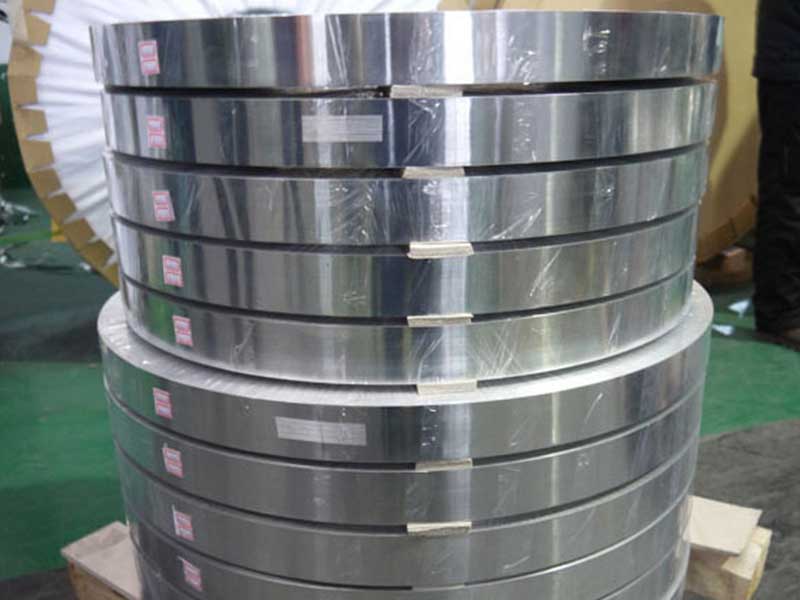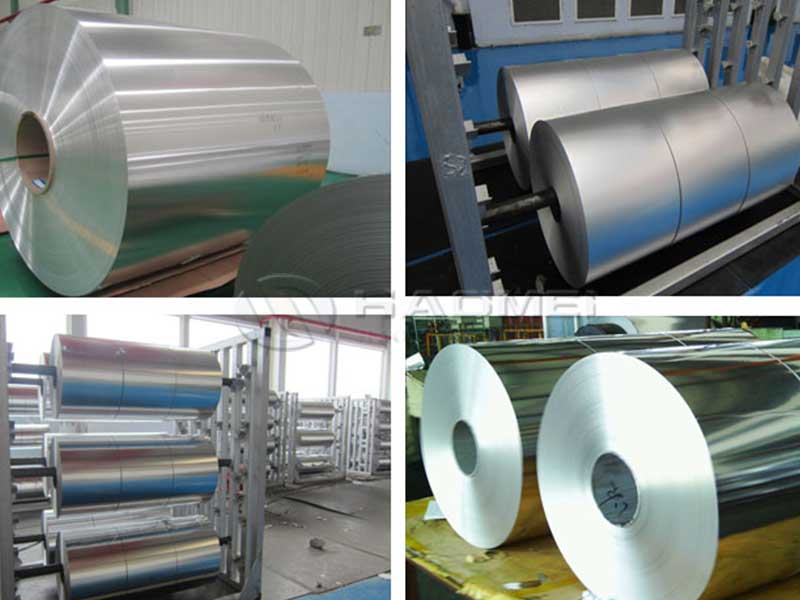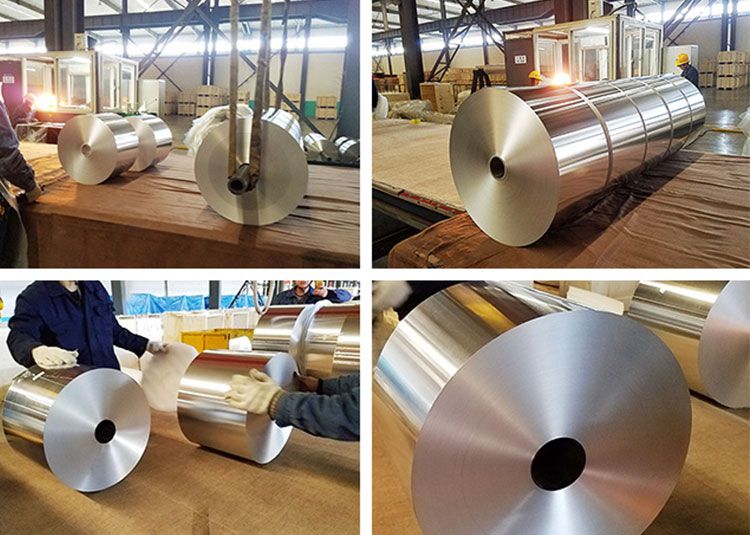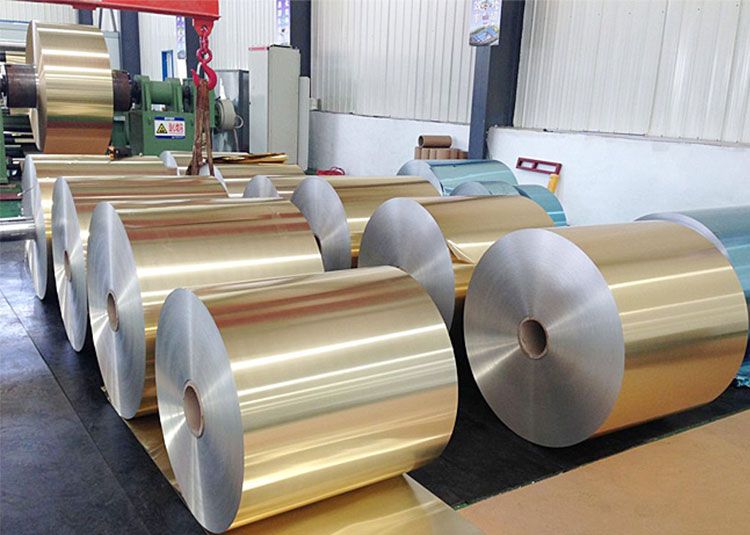When it comes to ensuring optimal functionality and efficiency in HVAC systems, aluminum foil for duct applications is a powerful material that stands out. Known for its excellent thermal conductivity, lightweight nature, and resilience, this specialized aluminum foil serves multiple purposes within ductwork infrastructure. In this article, we will explore the various benefits of using aluminum foil for ducts and why it remains a top choice in both residential and commercial settings.
What is Aluminum Foil for Ducts?
Aluminum foil for duct is a high-quality, thin sheet of aluminum specifically engineered to provide insulation and sealing for HVAC ducts. Its reflective properties allow it to efficiently manage temperature fluctuations and reduce energy loss when air moves through duct systems. As a result, aluminum foil is regarded as a crucial component in maintaining air quality and energy efficiency in heating and cooling applications.
The Benefits of Using Aluminum Foil for Ducts
1. Energy Efficiency
One of the primary reasons HVAC professionals recommend aluminum foil for duct applications is its ability to enhance energy efficiency. The reflective surface of aluminum foil keeps cooled air cool and heated air warm, optimizing energy consumption and significantly reducing utility bills. By minimizing energy losses, aluminum foil aids in creating a comfortable indoor environment while cutting costs.
2. Durability and Resistance
Aluminum foil is naturally resistant to moisture, corrosion, and oxidation. This durability is particularly important in HVAC systems, where fluctuations in temperature and humidity can lead to wear and tear over time. By using aluminum foil for duct insulation and sealing, homeowners can ensure their duct systems last longer and perform optimally.
3. Lightweight and Flexible
Aluminum foil is not only lightweight but also flexible, allowing easy installation around various duct configurations. HVAC technicians appreciate this attribute, as it helps streamline the installation process and adapt to spaces with multiple angles and tight spots. Its pliability ensures a tight seal without adding significant weight to the structure.
4. Non-Toxic and Eco-Friendly
As consumer awareness of health and environmental safety grows, metallic materials like aluminum are preferred over plastic alternatives. Aluminum foil is non-toxic, making it safe for indoor air quality. Additionally, it is 100% recyclable, contributing to a sustainable environment. Choosing aluminum foil for duct insulation minimizes environmental impact while enhancing system performance.
5. Versatile Applications
Aluminum foil is not limited to just HVAC ducts; its versatility allows it to be employed in various applications. From insulation wraps to heat barriers in other building applications, aluminum foil aids in temperature regulation across different mediums. This adaptability makes it a valuable asset in construction projects beyond simple ductwork.
Installation Tips for Aluminum Foil Duct
-
Surface Preparation: Ensure the duct surface is clean and dry before applying aluminum foil. This will allow for better adhesion and sealing.
-
Use Proper Adhesive: Depending on the specific application, a specialized contact or foil tape adhesive may be required to ensure a secure bond.
-
Seal the Edges: For maximum efficiency, make sure to seal all edges and seams thoroughly with high-quality foil tape.
-
Choose the Right Thickness: Depending on your HVAC needs, select an appropriate thickness for your aluminum foil to balance cost and utility.













